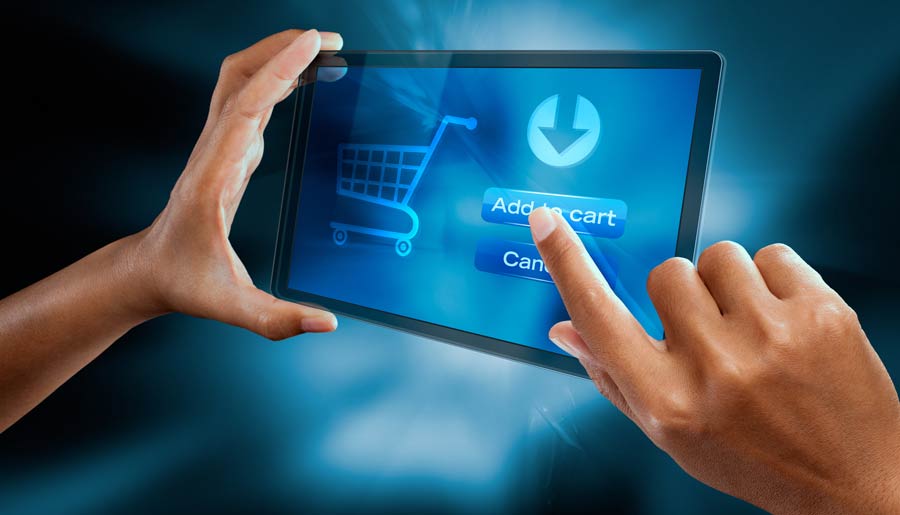Web Portal And Web Portals Functions

What are the Major Functions of Portals?
The ideal portal is based on following functionality areas:
– search and navigation
– personalization
– notification
– task management and workflow
– collaboration and groupware
Web Portal : Although most of the functionality is not new, what is new is the idea that the business value of the whole is considerably more than the sum of its parts. Thus, a successful portal does not only consist of either a good collaboration support or a good integration of the information sources. Rather it consists of – just like a successful cooking recipe – a well-integrated mixture of the basic portal functionalities.
Search and Navigation
This functionality forms the basis for most of the successful public web portals meaning that a successful portal should support its users in an efficient search for contents.
A portal should:
– automatically present its users with the information appropriate to the user’s role
– suggest additional information to the user, and/or allow the user to voluntarily personalize the information presented by the portal
– allow the user to search for information that was not previously known to be relevant to the user’s role, but which may be available through the portal
Provide Personalization
Personalization is vital to the delivery of appropriate information to portal users: each user gets only the information which is specifically tailored to his/her needs. Personalization should be based on user roles, as well as user preferences.
There are several types of personalization:
– Personalization of navigation
e.g. shortcuts to specific information, mostly known as bookmarks or favorites
– Personalization of data/content
e.g. which stocks do I want to see in my stock ticker
– Personalization of layout
e.g. what information appears where on the screen, in which format, color or size
An important high-level distinction exists between:
– Design personalization
the initial appearance of the portal, which may be ‘pre-personalized’ according to the user’s role
– Voluntary personalization
where the user is offered a menu of personalization options to choose from
– Involuntary personalization
where the system itself unilaterally makes decisions for the user according to ‘guesses’ about user preferences.
On a Web site, personalization is the process of tailoring pages to individual users’ characteristics or preferences. Commonly used to enhance customer service or e-commerce sales, personalization is sometimes referred to as one-to-one marketing; because the enterprise’s Web page is tailored to specifically target each individual consumer. Personalization is a means of meeting the customer’s needs more effectively and efficiently, making interactions faster and easier and, consequently, increasing customer satisfaction and the likelihood of repeat visits.
Provide Notification
Notification (push technology) is referred to as a system in which a user receives information automatically from a network server. Push technologies are designed to send information and software directly to a user’s desktop without the user actively requesting it. Thus, the user has the opportunity to subscribe to active information sources (such as news feeds and periodically updated reports) and ask to be alerted when documents are updated.
Provide Task Management and Workflow
Portals providing task management services can help users take part in and/or manage formally defined business processes.
The workflow functionality allows the automation of business processes. Thus, as part of a workflow-automated business process, a portal should be able to prompt its users when they have tasks to perform.
E.g. Digite Application
Provide Collaboration and Groupware
Knowledge management and groupware ensure that the required information is stored in the right place and in the right mode. By this means the right persons are brought together with the right information. Groupware software assists in less formal collaboration than workflow tools. As with workflow automation, groupware increases the value delivered by many types of specialized portals; for example, it:
– increases the attractiveness of business-to-consumer e-commerce portals
– enables informal communication between suppliers and customers in business-to-business e-commerce portals
Supply chain portals are also dependent on collaboration support in order to help suppliers and their customers manage their relationships. Moreover, collaboration support is a key requirement for knowledge portals.



